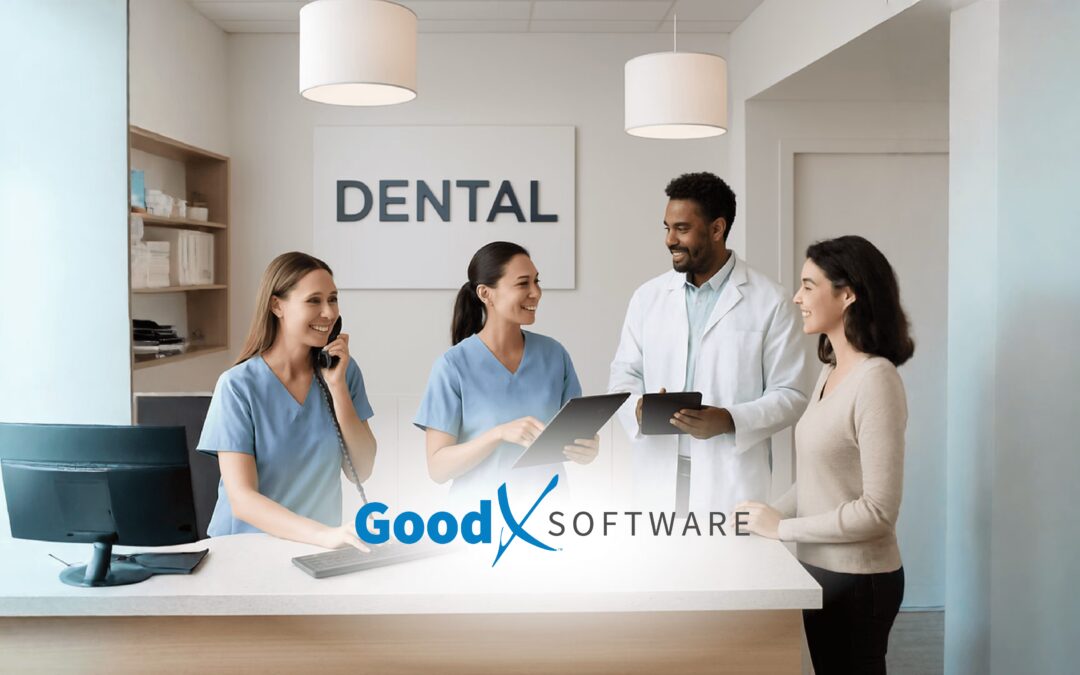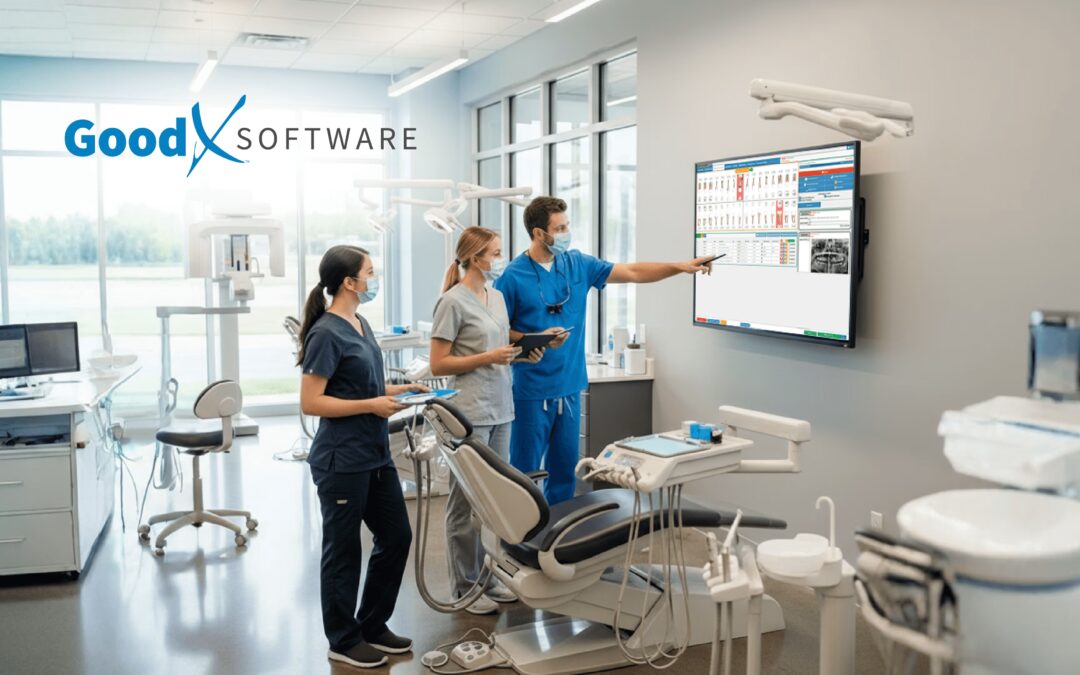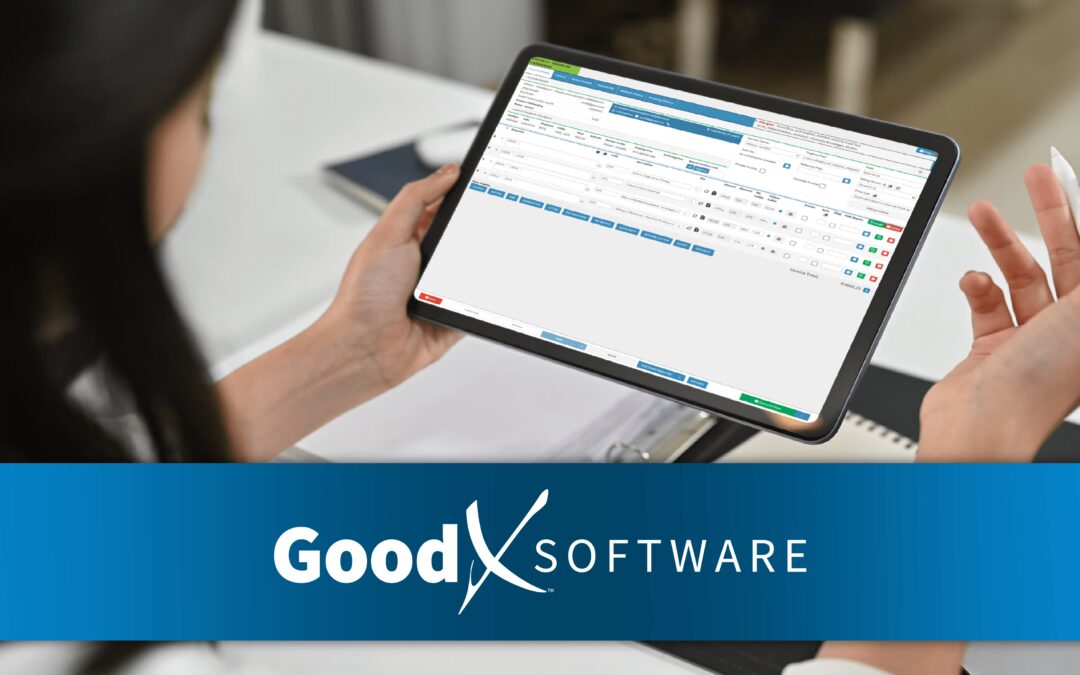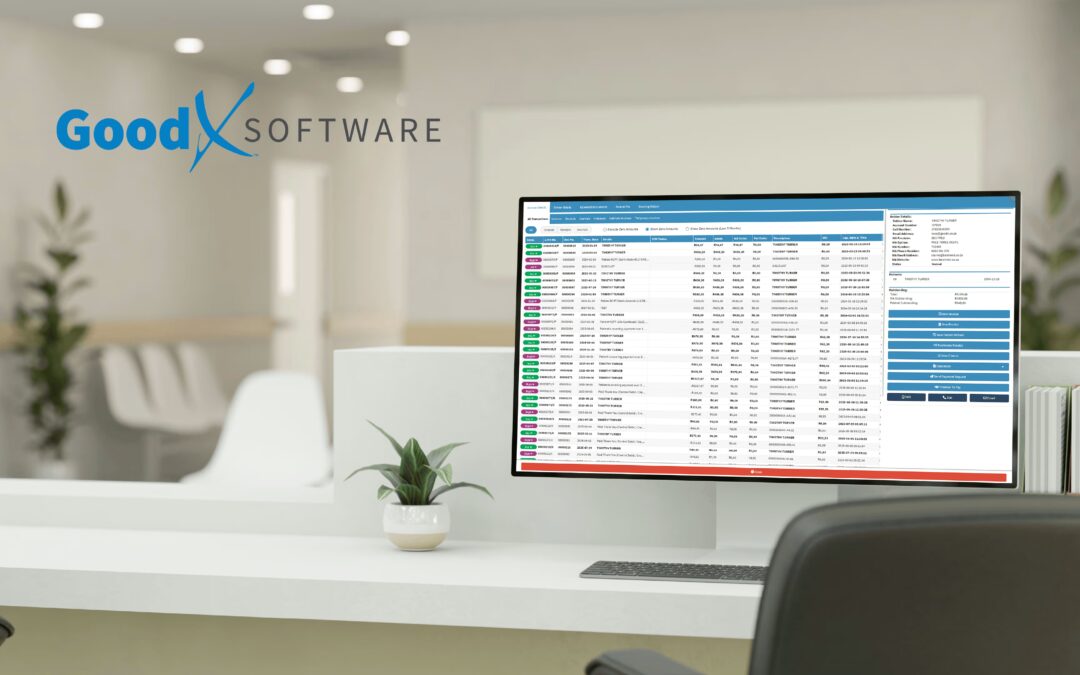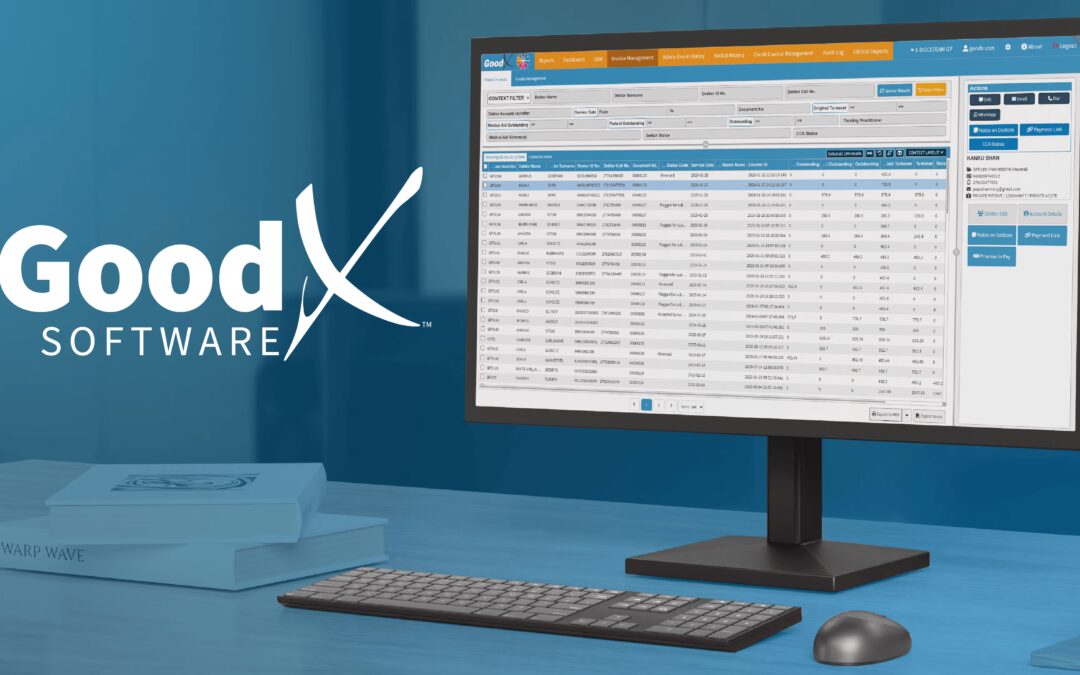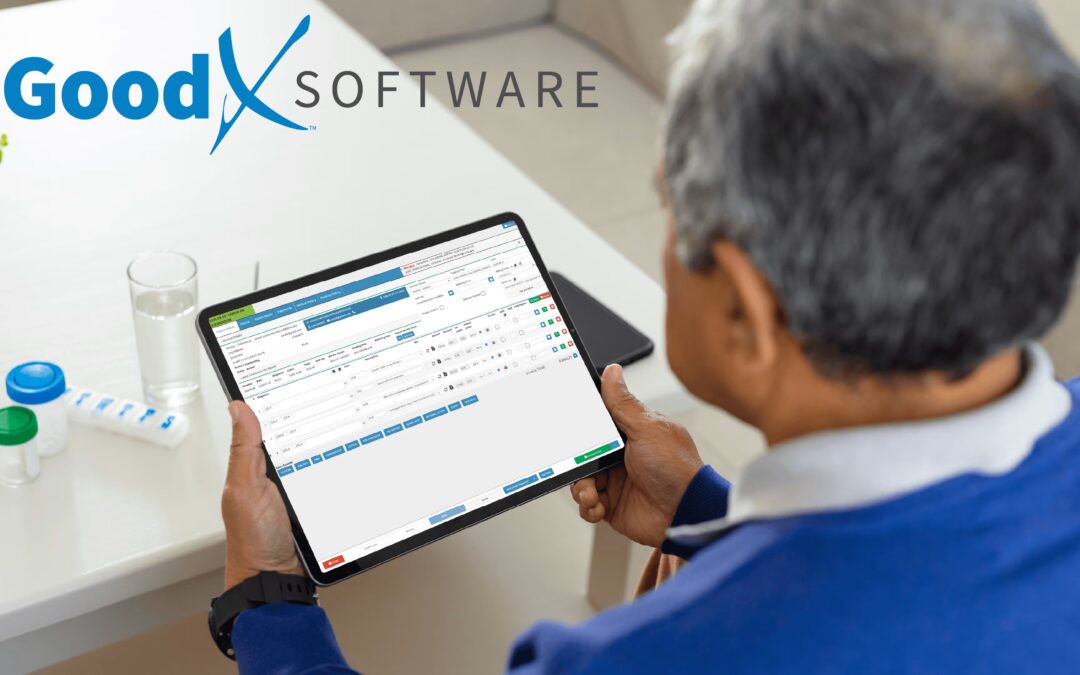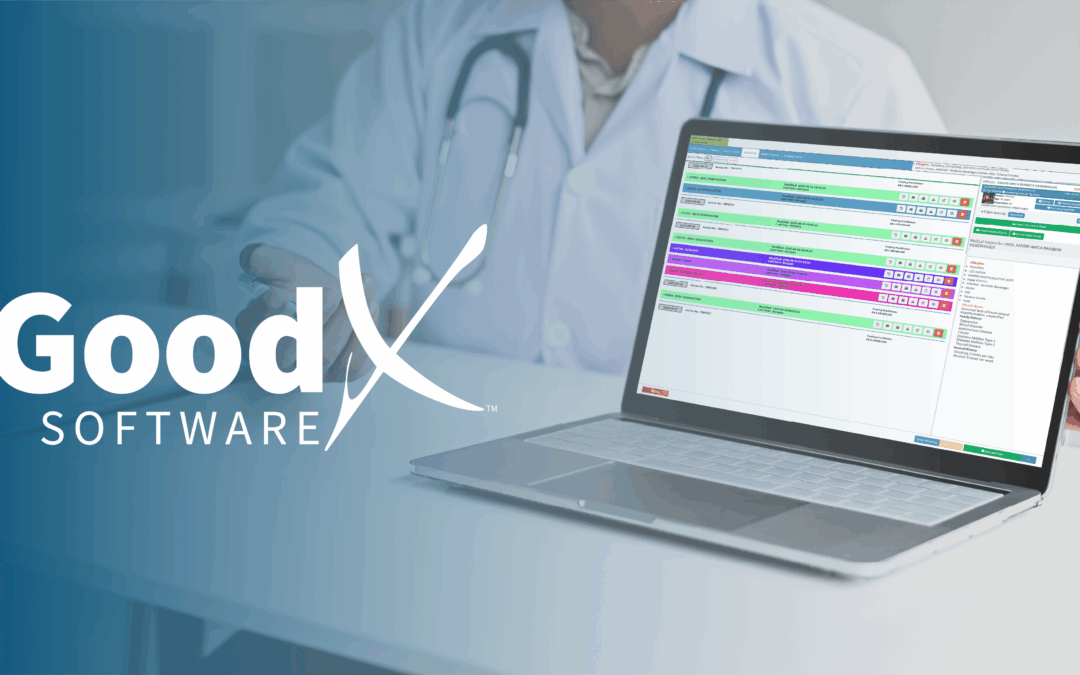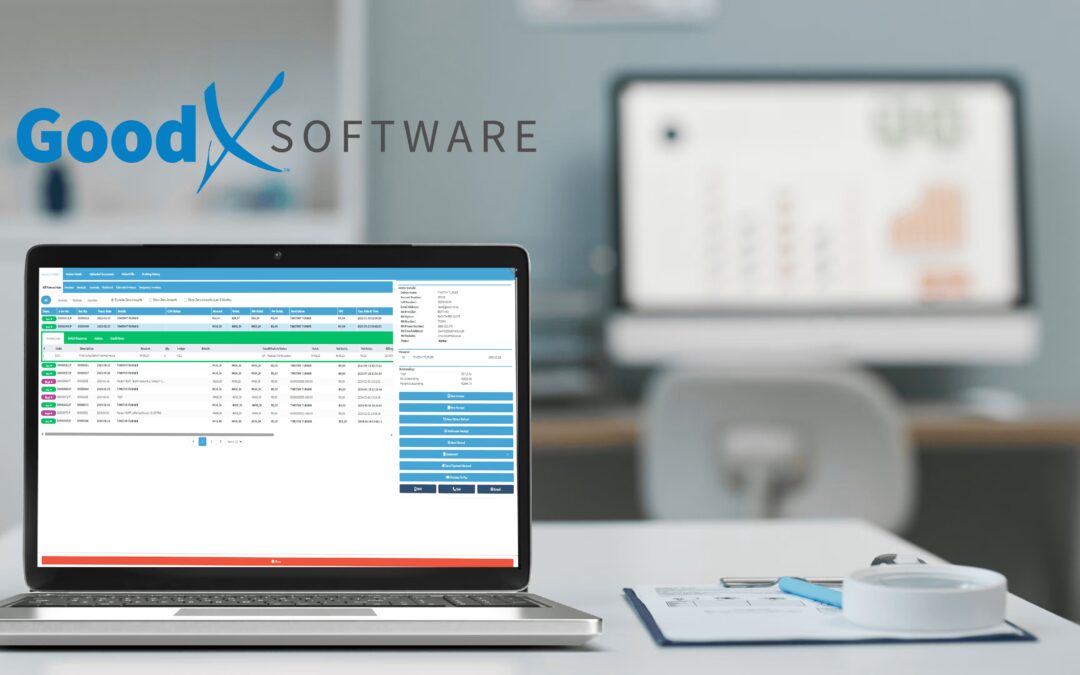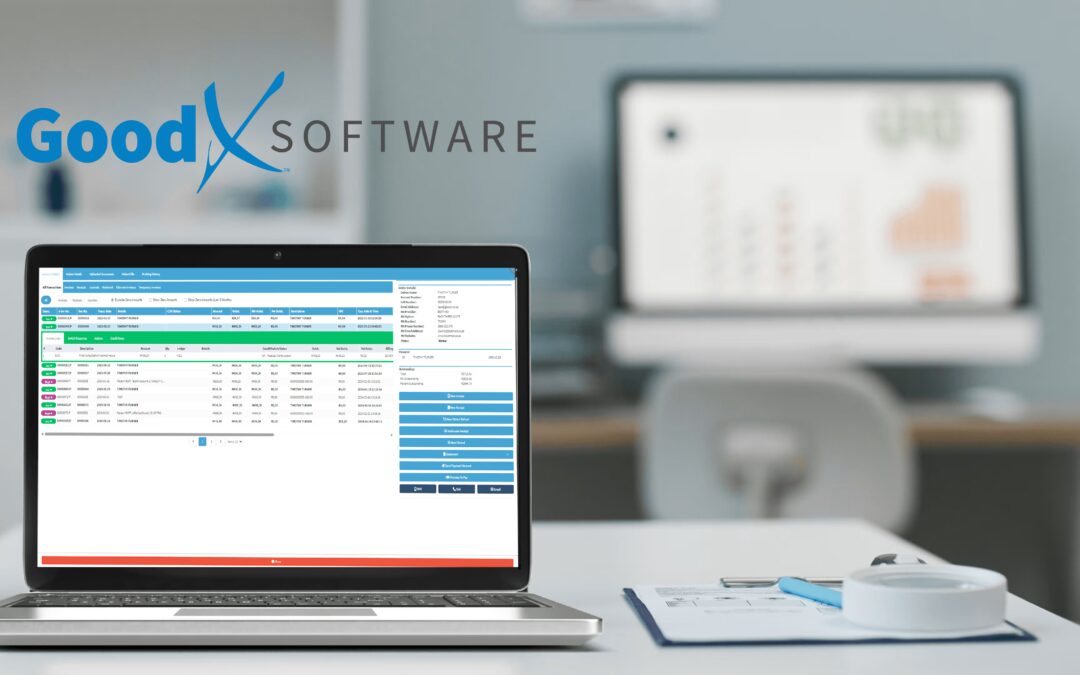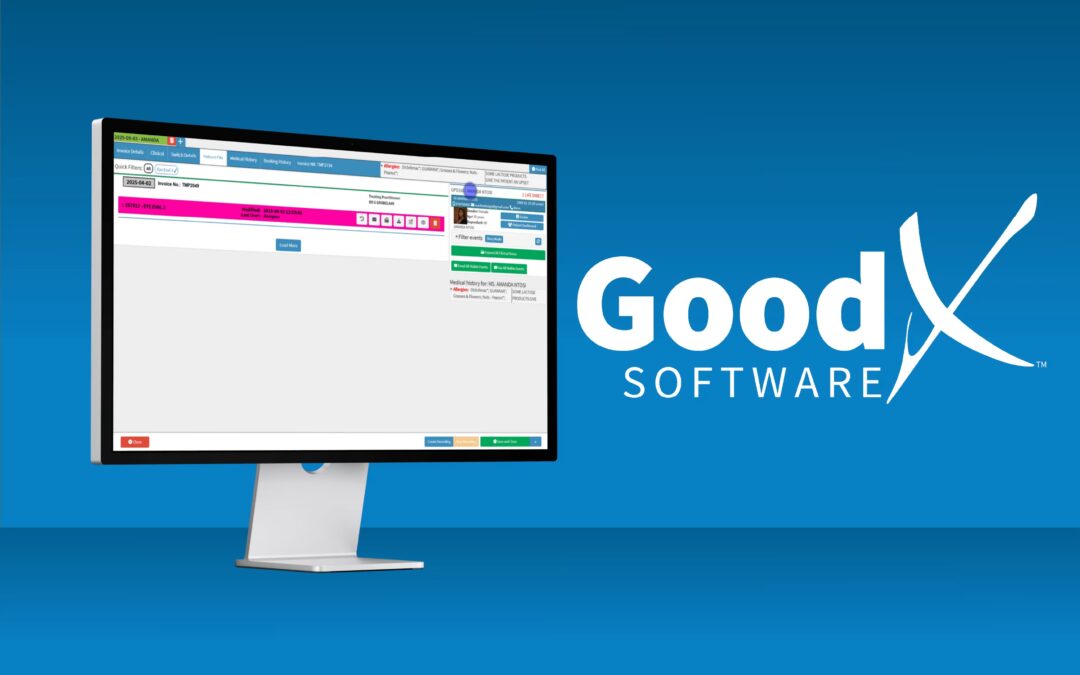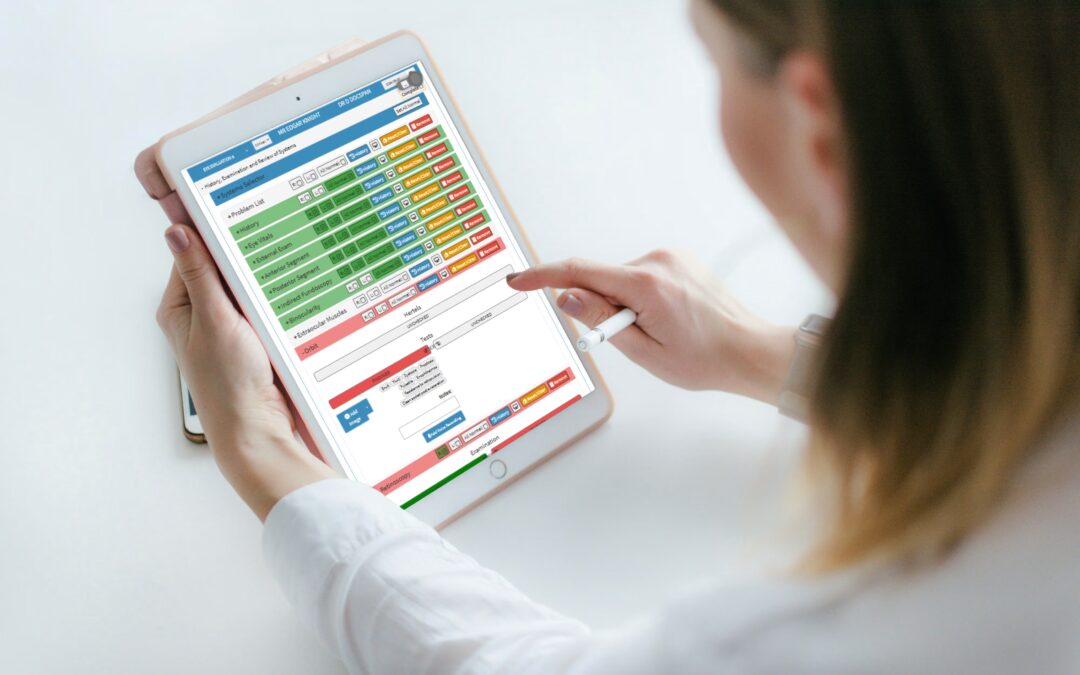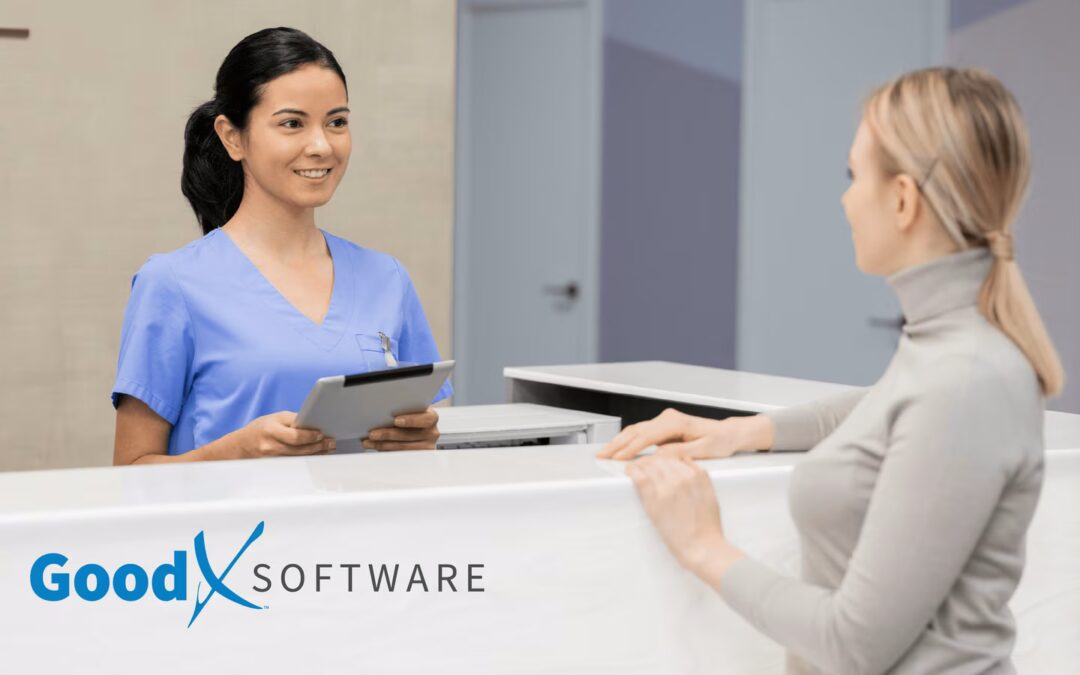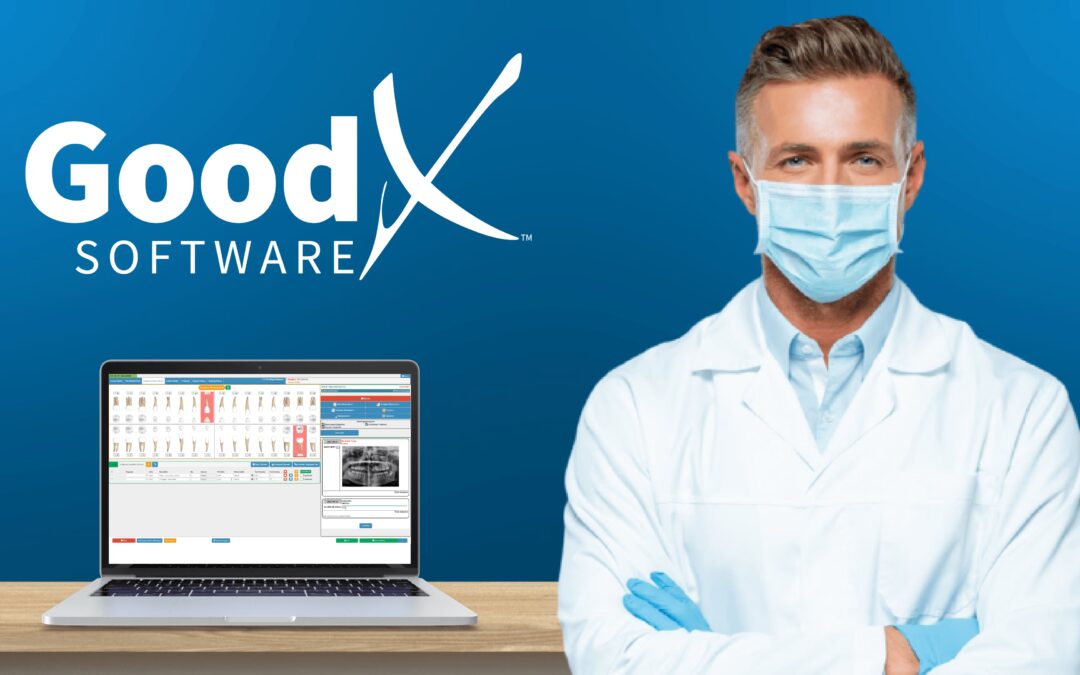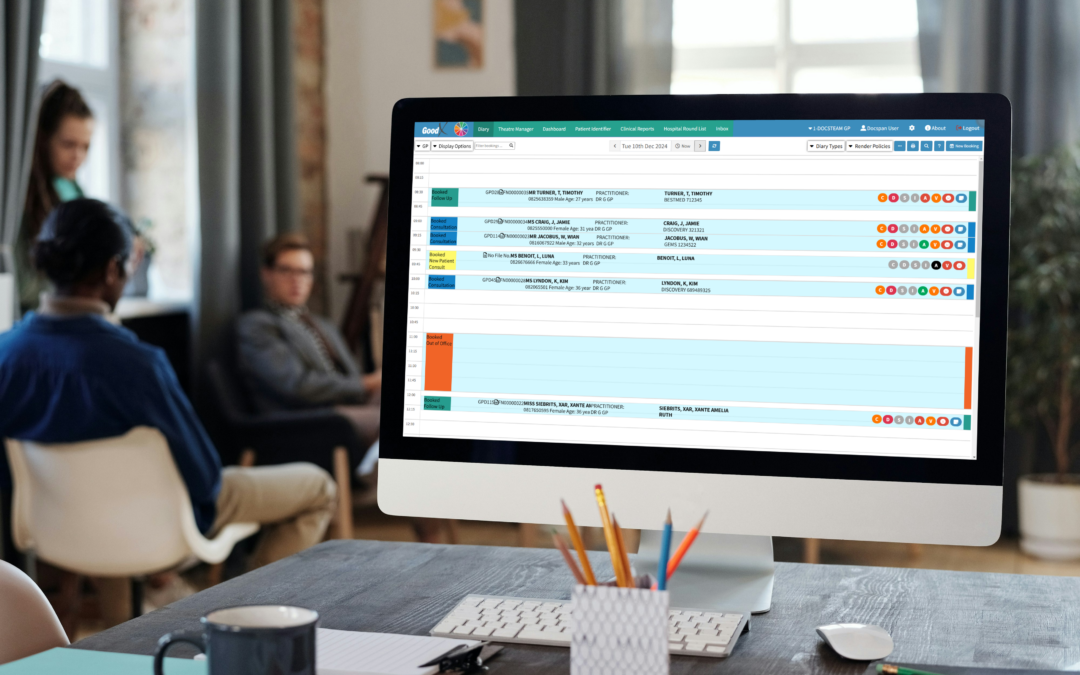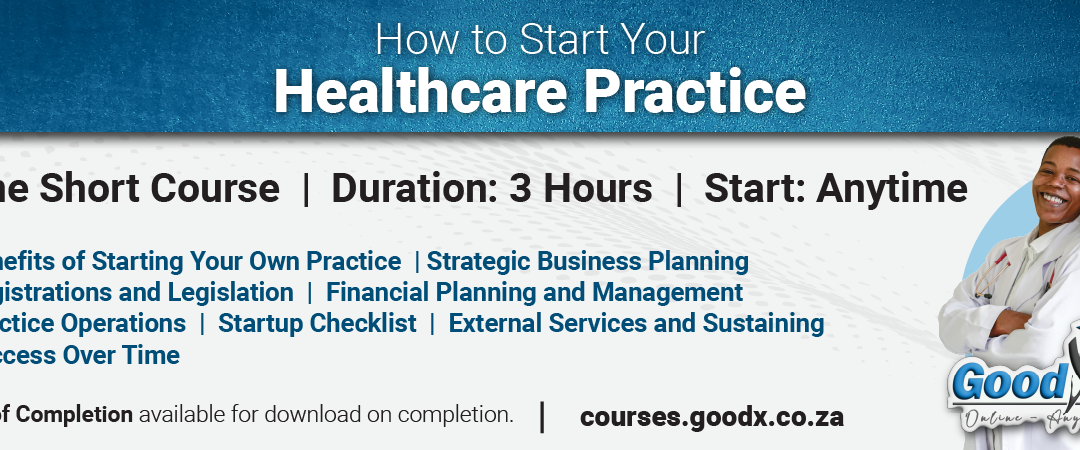Running a medical practice means juggling countless moving parts, from patient bookings and billing to medical records, reporting, and day-to-day admin. The right practice management software can streamline these processes and reduce the burden on staff. But finding a solution that actually works for your specific needs is easier said than done.
With so many platforms on the market, how do you choose the one that fits? And more importantly, how do you avoid the pitfalls that leave many practitioners frustrated?
Why Many Medical Professionals Are Left Disappointed
Through user testing and real-world feedback, certain themes emerge time and again. Whether you’re in private practice or part of a multidisciplinary team, these common issues are worth avoiding:
Poor User Interface
One of the biggest complaints is clunky design. If the software isn’t intuitive, it slows everything down. Many medical professionals aren’t tech-savvy, nor should they have to be. Navigation should be clean, logical, and supportive of the way practices operate. If you have to click through five menus to send an invoice or find a patient note, the software isn’t doing its job.
Lagging or Slowness
Speed matters. Whether the software is slow because of its design or your internet connection, performance issues lead to lost time and frayed nerves. Every delay compounds across a busy day, especially when your reception staff is fielding calls, updating bookings, and generating patient files all at once.
Missing the Basics
It’s surprising how many systems lack core features that support real-world workflows. For example, practitioners often need customisable templates, automated reminders, flexible scheduling tools, and integration with medical aid billing. Some systems over-prioritise gimmicky features and forget about what’s truly useful.
A Steep Learning Curve for Staff
Even if a software system is powerful, it’s no use if your team can’t get up to speed quickly. Medical receptionists and administrators don’t always have time for hours of training. Clear interfaces, tooltips, and accessible tutorials go a long way in keeping staff confident and productive.
What to Look for in a Practice Management Software
If you’re in the market for a new system, here’s what to prioritise:
Simplicity and Usability
The best software should feel intuitive. You shouldn’t need an IT degree to figure out how to bill a patient or update a treatment note. A well-designed dashboard, logical navigation, and a clean interface are key. Don’t be afraid to ask for a trial or demo first.
Customisability
Every practice is different. Look for software that adapts to your workflow, not the other way around. Customisable templates for notes, invoices, and appointment types can save hours in repetitive admin. Systems like GoodX Software, for instance, allow you to tailor your screens and shortcuts to suit how your practice actually works.
Local Support and Industry Knowledge
Support matters, especially when it’s based in your country and understands your healthcare landscape. ICD-10 codes, medical aid billing, and integrations tailored to local and international standards are all features of GoodX Software, which was created in South Africa while also keeping global practices in mind.
All-in-One Functionality
Instead of juggling multiple platforms, consider a system that combines patient bookings, billing, communication, clinical notes, and reporting in one place. This creates a more seamless experience for your team and reduces the chance of data falling through the cracks.
Cloud-Based Access and Speed
Cloud-based solutions allow you to access your system from anywhere, provided your internet connection is stable. Systems like GoodX are optimised for performance, even when handling large volumes of data, and ensure that backups and security are always up to standard.
Why GoodX Software is Worth Exploring
While there are many options on the market, GoodX Software stands out for practices that want a balance between power and ease of use. Built with real-world feedback from South African and internationally based practitioners, it addresses the issues that too often go ignored: flexibility, speed, and local relevance.
What sets it apart?
- Easy-to-use interface for both clinical and admin staff
- Full integration with billing, appointments, and clinical records
- Custom screen layouts so you can tailor the system to your workflow
- Comprehensive support, including training and live help
- AI-driven features that assist without overwhelming you with complexity
Rather than offering bloated features you’ll never use, GoodX focuses on delivering the tools that actually help you get through your day more efficiently.
Final Thoughts
Choosing the right practice management software isn’t about picking the flashiest option. It’s about finding something that works for your unique needs, your team, and your patients. A tool that makes your life easier, not harder.
Before you commit to any system, take time to test it, involve your team, and ask whether it will grow with your practice. Whether you’re a solo practitioner or part of a group, the right software can be the difference between daily frustration and a well-run, profitable practice.
If you’re looking for something that works with you rather than against you, GoodX Software is definitely worth a closer look.

